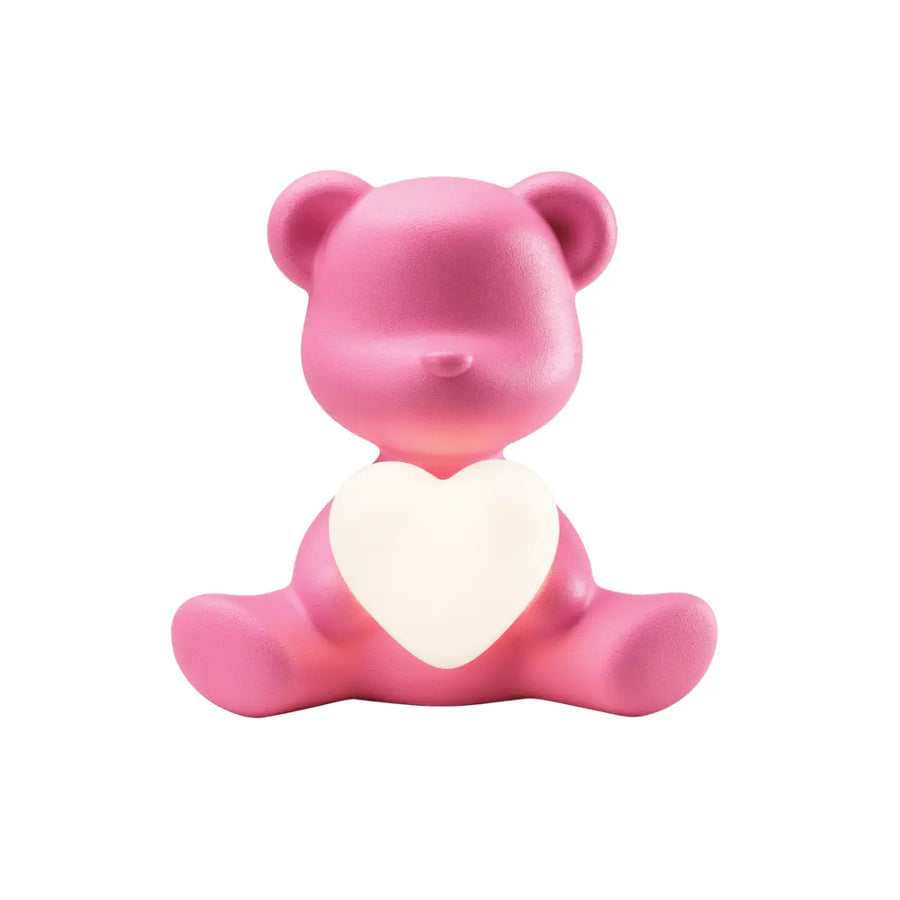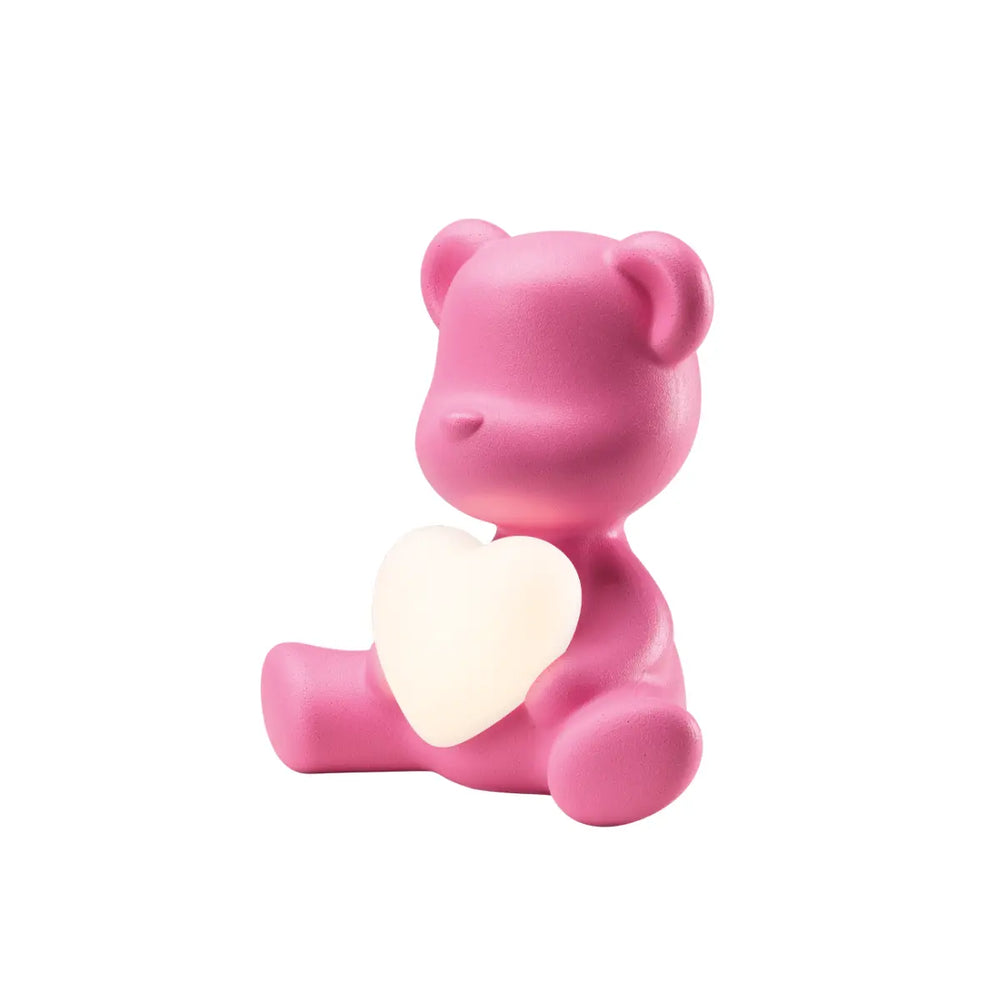The Art of Decluttering: How to Choose and Keep Only What Adds Value to Your Home
Decluttering is more than just a trend: it is a lifestyle that helps create a more peaceful and functional space. In a world where we are constantly inundated with objects and stimuli, eliminating the superfluous and keeping only what adds value to our lives can make a big difference. In this article, we will explore how to embrace the art of decluttering your home , carefully choosing decorative objects and maintaining order in every room.
Why Decluttering is Important
Decluttering is not just about the aesthetics of your home, it also has a significant impact on your mental well-being. A tidy, clutter-free space can reduce stress, improve concentration, and increase productivity. Additionally, embracing a more minimalist lifestyle helps you rediscover the value of your possessions, rather than accumulating them indiscriminately.
The Psychological Impact of Decluttering
Clutter and clutter can create a sense of mental chaos. Living in a tidy and well-organized space can instead offer a sense of control and serenity. Furthermore, the process of eliminating unnecessary home clutter can be liberating, allowing you to focus on what really matters.
Waste Reduction and Sustainability
Another benefit of decluttering is reducing waste. Often, we buy things we don't really need, only to let them gather dust. Choosing to live with less not only helps maintain order, but it's also a sustainable choice. Fewer, but quality, objects mean less waste and a smaller impact on the environment.
Getting Started: The First Steps to Decluttering
Starting the process of decluttering your home may seem like a daunting task, but with a gradual approach, it becomes much more manageable. Here are some tips to get you started.
Focus on One Room at a Time
Instead of tackling the entire house at once, start by focusing on one room at a time. This will allow you to see tangible results faster, while keeping you motivated. For example, you can start with the kitchen, where eliminating unused utensils and appliances can make a big difference.
Set Categories
Categorizing your items can help you decide what to keep and what to get rid of. For example, you can divide items based on their usefulness, frequency of use, or sentimental value. This will help you make more informed choices, based on more than just a momentary desire to keep everything.
Create a Decluttering Routine
Decluttering shouldn't be a one-time event, but an ongoing practice. Creating a weekly or monthly routine will help you maintain order in the long run. For example, set aside a few hours each weekend to check a specific area of your home.
Choosing Decorative Items That Add Value
After eliminating the unnecessary, it is time to carefully choose the decorative objects that will remain in your home. In minimalism decor , each piece should have a purpose or a special meaning, avoiding the accumulation of useless objects.
Quality over Quantity
When it comes to choosing decorative items , always focus on quality over quantity. A single well-made item can have a much greater visual impact than a multitude of cheap decorations. Choose pieces that are not only beautiful, but also have functional or sentimental value.
Multifunctional Objects
In the context of minimalism furniture , multifunctional objects are particularly valuable. A coffee table that doubles as a container, or a lamp that incorporates a phone charger, are examples of how design and functionality can go hand in hand, helping to maintain order in the home.
Natural Colors and Materials
For a minimalist decor, opt for neutral colors and natural materials such as wood, glass, and metals. These elements create a calm and harmonious environment, making it easier to maintain a sense of order and cleanliness. Neutral colors, in particular, help make the space brighter and more airy, perfect for a decluttered home.
Maintaining Order: Practical Advice
Once you’ve completed your decluttering, the next step is to keep your home organized. Without a strategy, it’s easy for clutter to creep back in. Here are some tips to help keep that from happening.
Intelligent Organization
Organization is key to maintaining a tidy environment. Use containers and shelves to maximize the available space, keeping everything in its place. Using labels and dividers can be very helpful, especially for keeping closets and drawers organized.
Minimize Impulse Purchases
One of the main causes of clutter is the impulsive purchase of objects that we don't really need. Before buying something new, ask yourself if it adds value to your life or if it is just another object that will end up creating clutter. Learn to say no to unnecessary purchases, focusing instead on what is truly essential.
Creating Efficient Organizational Solutions
To keep your home tidy, it is essential to have well-thought-out organizational solutions. Use well-divided closets, under-bed containers, and functionally arranged shelves to ensure that each object has its place. A useful tip is not to fill every available space: always leave a little margin to give a sense of order and lightness to the rooms.
Decluttering as a Lifestyle
Decluttering is not just a physical process, but a real change in mindset. Adopting a minimalist lifestyle requires constant attention to what you own and how you choose to live. It is a practice that benefits not only your home, but also your mental well-being and quality of life.
Minimalism and Wellbeing
Minimalism isn’t about depriving yourself of everything, but about consciously choosing what to keep and what to let go of. This approach can lead to greater mental clarity, less stress, and greater personal satisfaction. When you choose to live with less, you learn to value what you have more, creating a home environment that truly reflects who you are.
Involving the whole family
Decluttering can be a family-wide activity. Teaching children the importance of keeping things organized and appreciating their possessions is an important step toward creating a harmonious home environment. Involving everyone in the decision-making and clutter-clearing processes can also strengthen family bonds, turning a tedious task into an opportunity to spend time together.
Digital Decluttering
Don’t forget that decluttering can extend to the digital world as well. Unused photos, files, and apps can create chaos not only physically, but also mentally. Take time periodically to organize your digital devices, eliminating what you don’t need and creating an efficient filing system.
Conclusion
The art of decluttering your home is an ongoing process that requires patience and consistency, but the benefits that come from it are immense. Living in an orderly space, surrounded only by what adds value to our lives, can improve not only the appearance of the home, but also our mental well-being and the quality of our life. Through minimalism in furniture and the conscious choice of decorative objects, it is possible to create an environment that is not only beautiful, but also functional and harmonious.
Adopt decluttering as a lifestyle and you will discover a new way of living your home, where everything has a place and every object has a meaning. Whether you are just starting out or already an expert in decluttering, remember that the secret to a truly organized home is to maintain order and eliminate the superfluous regularly. Happy organizing and happy decluttering!



